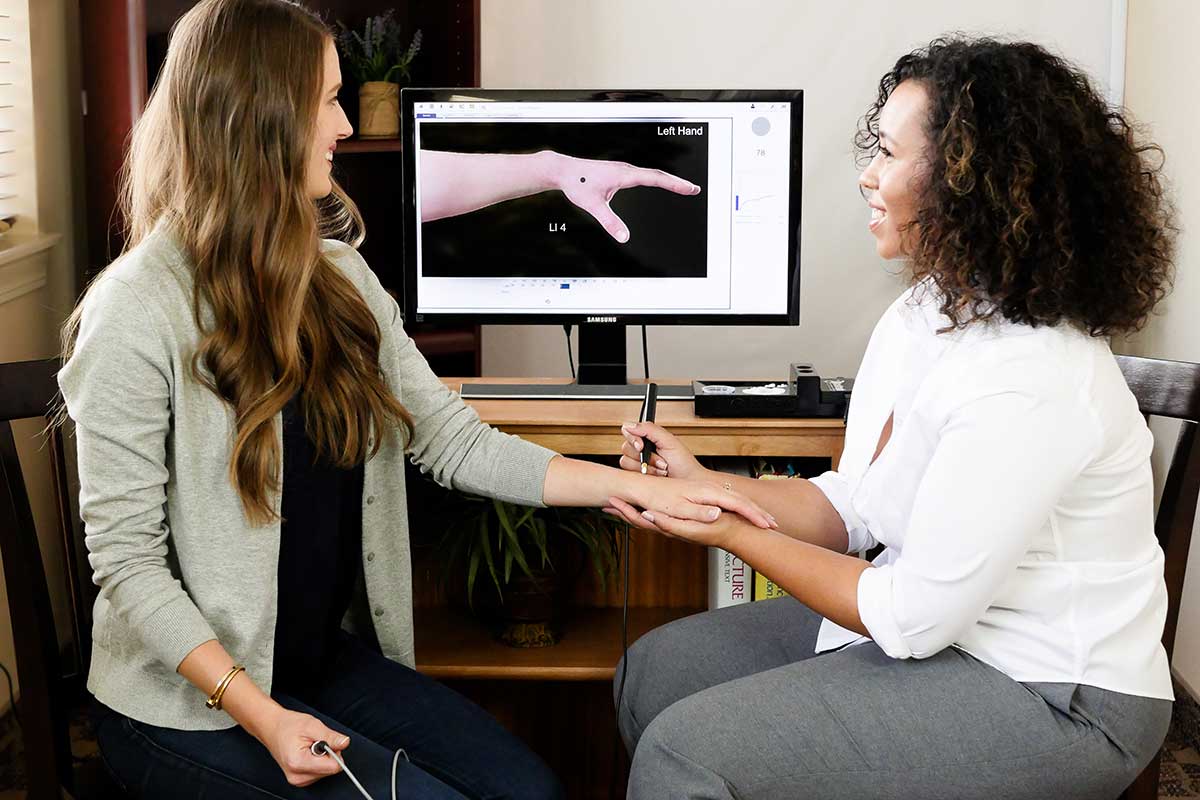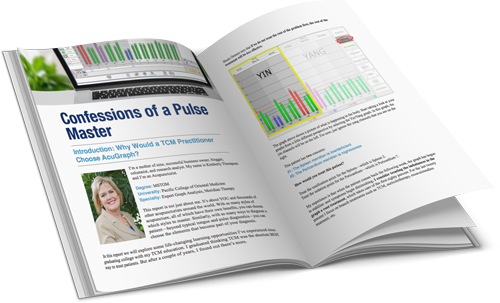Struggling Acupuncture Practices:
The Key to Turning Things Around
Many acupuncture practices face challenges that can hinder their growth and success. Common obstacles include competition, public misconceptions about acupuncture, and the difficulty of proving the effectiveness of treatments.
However, one often overlooked aspect can make or break an acupuncture practice: patient confidence. Without it, even the most skilled and well-intentioned practitioners may find their practices struggling.


The Missing Ingredient for Success
According to Dr. Adrian Larsen in "Confessions of a Pulse Master," the absence of a specific element in many acupuncture practices almost certainly forecasts failure. This crucial ingredient is not a tangible product or directly tied to the practitioner's actions but is essential for success. It's the patient's confidence in their practitioner.


Building Patient Confidence:
The Key to Success
The difference between thriving and struggling practices often comes down to patient confidence. This isn't about the practitioner's confidence in their skills but rather how much patients believe in their practitioner's ability to help them.
Confidence determines whether patients will engage with and commit to treatments, making it a pivotal factor for success.
Illustrative Comparison:
Michelle vs. Steve
Dr. Larsen uses the contrasting stories of two acupuncturists, Michelle and Steve, to illustrate the power of patient confidence.
Despite Michelle's qualifications and dedication, her inability to inspire confidence in her patients led to her practice's downfall.
Steve, on the other hand, managed to build a thriving patient base in a new city by focusing on gaining their trust and confidence, showcasing the critical role it plays in the success of an acupuncture practice.
Overcoming Challenges
With Evidence-Based Tools
The path to overcoming the inherent challenges in acupuncture and gaining patient confidence lies in leveraging evidence-based tools. Dr. Larsen emphasizes the importance of using tools like the AcuGraph system to provide objective evidence that can help patients understand their condition and the potential benefits of acupuncture. This approach can help break down biases and misconceptions, making acupuncture a more accepted and sought-after treatment option.


AcuGraph:
More Than a Diagnostic Tool
AcuGraph is highlighted not just as a diagnostic tool but as a means to visually demonstrate a patient's energetic condition, making the abstract concept of qi tangible and understandable.
By presenting clear, evidence-based visuals, practitioners can significantly enhance patient confidence, making them more likely to commit to and benefit from treatments.
Turning Struggles into Success
For acupuncture practices facing difficulties, the key to turning things around lies in building and maintaining patient confidence. By adopting evidence-based practices and tools like AcuGraph, practitioners can create a solid foundation of trust with their patients, addressing misconceptions and fears head-on.
This approach not only helps in retaining patients but also attracts new ones, paving the way for a successful and sustainable practice.
Learn More about AcuGraph
To discover how AcuGraph can transform your acupuncture practice and help you overcome common challenges by building patient confidence, visit AcuGraph.com.


